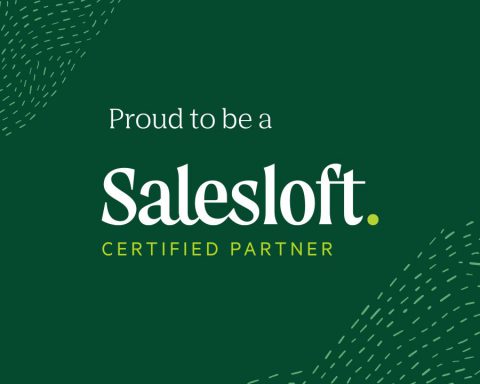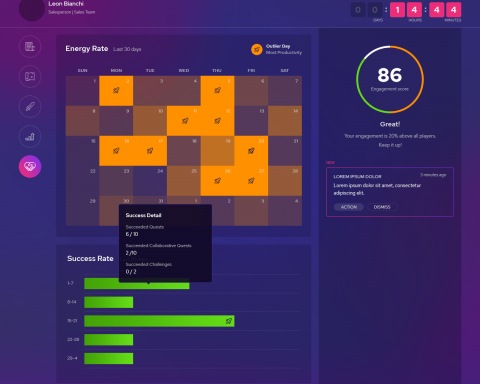Micromanagement is a polarizing question in workplaces. By definition, it means to assume control over a task, project, or decisions to a particular level, and still very common to find it in nowadays work environment, but aggravated when working remotely.
Overly committing to managing the process can lead to managers demanding more reports, meetings, consequently decreasing productivity and increased anxiety or stress in the team. This type of management behavior differs from workplace to workplace but a common example is the checking up process. Do you find yourself checking up on a coworker at their desk many times a day? This need for frequent status, for example, without effective communication can result in toxic leadership.
Managing any team is a big challenge, but when it’s in place, you can experience a healthy environment. While working remotely, it becomes even more challenging, especially for companies with a lack of a structured system and without condition to recognize behaviors and incentivize changes. With more and more people working remotely, a study suggests that:
Unless we take extra measures to build trust and connection with colleagues, we pay dearly for doing so.
So, how can we manage smarter?
Remote work might be the new way of life for many business people from now and the challenges behind it can affect productivity, cost, turnover, and co-worker relationships for example. Furthermore, micromanaging might come from a lack of ability to delegate, the fear of loss, and lack of autonomy. Micromanagement can destroy trust. But we can find new ways to avoid this and build better leadership, even remote:
1. Learn about what motivates your team
Understanding individuals is key to the process of building a great team. Learning about their motivation triggers will help you direct efforts effectively. For example, there are co-workers who like public recognition, some like individuals. While others might like competition or work collaboratively.
How about your team members?
2. Provide feedback
Everyone seeks feedback. But it’s important to ensure this communication not only when there is a problem. Instead, you can provide real-time feedback about their work based on relevant data using tools like Gamifier that gathers work activities from CRMs and automate feedback. Workers need to know how they are doing, what they need to improve, or what they are doing well.
What’s your feedback approach?
3. Delegate work and set clear routes
Problems in delegation can immobilize a team’s productivity. People need guidance for tasks and goals to aim for. Shift the focus to the quality of work and operate strategically with them.
What are the ways you use to delegate or create tasks journeys?
4. Measure performance through relevant perspectives
Having a system to measure works tasks is essential for the analysis of results and performance indicators. At Gamifier, we use 3 performance perspectives: quality, speed, and dependability when connecting to CRMs.
What are your performance indicators based on?
5. Recognize co-workers
While in the office, it is still possible to say well done to co-workers and reward them in. Gallup found that “employees who do not feel adequately recognized are twice as likely to say they’ll quit next year.”
In remote work, this becomes even more challenging to recognize activities but you can rely on relevant indicators that point well practices in the workplace and a system that can convert this information into a recognition system for your employees. Using leaderboards is a tip.
Do you use a system of fair recognition?
Spread a healthy work environment, with Gamifier, even remote
There is no one-size-fits-all solution but we can add new routines, tools into our work, to find the best approach.
And gamification can make it easier, especially, for the sales team.
Using elements of gamification, you can create challenges, small task journeys for individuals or groups, promote collaborative tasks also learn about sales performance. In addition, recognize people and reward them, even remote.
If you are using Pipedrive or HubSpot CRM in your daily activities, you can connect to Gamifier and start a productivity journey with your team, now.









Follow